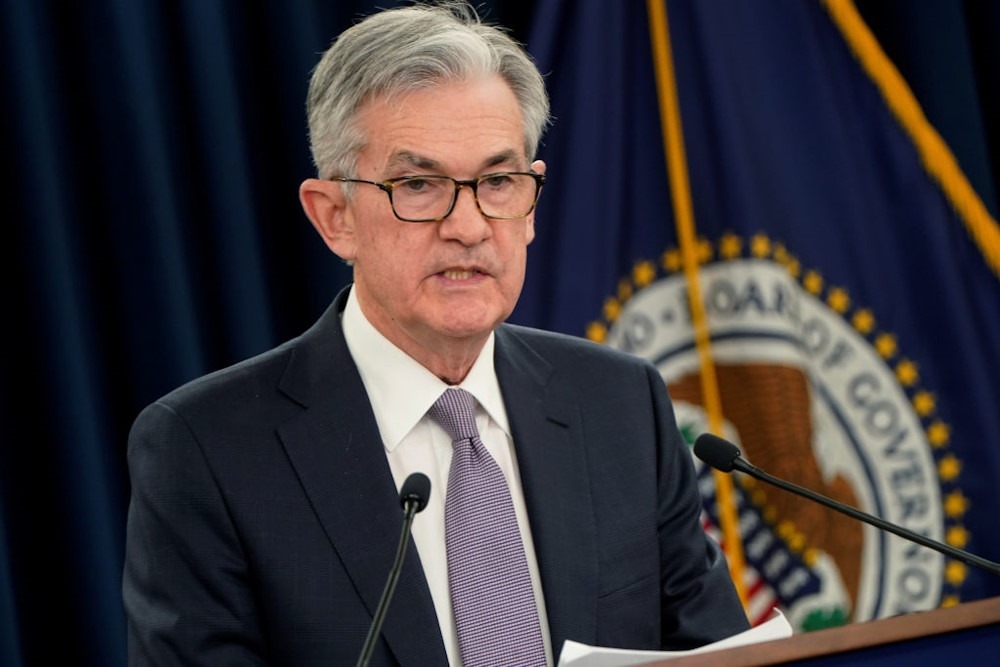Jerome Powell leaves open the possibility of a rate drop

Jerome Powell, the Chair of the Federal Reserve, indicated that the central bank is now giving more consideration to the timing of interest rate cuts. This shift in focus is due to the resumption of a decrease in inflation and indications of a slowdown in the labor market.
“We are not only concerned about increased inflation,” Powell stated in his prepared remarks for the Senate Banking Committee on Tuesday morning.
Powell stated that the economy has made significant strides in reducing inflation, while the job market has returned to its pre-pandemic state of being robust but not excessively hot. However, he made minimal efforts to influence the anticipation of the timing of the central bank’s decision to decrease interest rates. “We consistently make decisions on a meeting-to-meeting basis,” he stated.
The economic estimates published last month indicate that the majority of Federal Reserve officials anticipate reducing interest rates once or twice this year in the event that inflation decelerates and economic growth remains stable, albeit unremarkable. Their upcoming meeting is scheduled for July 30th and 31st. Market participants are mostly concerned with whether officials at the meeting would offer more explicit indications that they may reduce interest rates at their next session in September.
Federal officials are endeavoring to strike a delicate equilibrium between two potential hazards. One concern is that the sluggish pace at which they act to adjust policy may fail to provide relief, resulting in the economy collapsing due to the burden of elevated interest rates, leading to a significant increase in unemployment. Another reason is that reducing interest rates stimulates economic activity and helps to maintain inflation above the desired level.
In May, inflation declined to 2.6% as per the Fed’s preferred measure, marking a decrease from 4% compared to the previous year. However, it still remains higher than the Fed’s target of 2%.
On average, the economy has consistently gained over 200,000 jobs per month this year. However, the unemployment rate has slightly increased, rising from 3.7% in December to 4.1% in June. This is due to a greater number of individuals actively seeking jobs, resulting in longer periods of unemployment.
In 2022 and 2023, the Federal Reserve increased interest rates at the most rapid rate seen in the past 40 years in order to address the surge in inflation, which also reached its highest level in four decades. Authorities have maintained their reference interest rate within a band of 5.25% to 5.5% since July of last year.
During the latter half of last year, officials were taken aback by the unexpectedly swift deceleration in price increases, despite robust expenditure and hiring. As a result, their focus shifted from determining the optimal rate increase to deciding how much time to wait before implementing rate cuts. In his previous appearance before lawmakers in early March, Powell suggested that the Federal Reserve would have the capacity to reduce interest rates by June. Subsequent to that, inflation reversed its course, so thwarting any such proposal.
Powell stated on Tuesday that recent inflation data has demonstrated a slight but positive advancement, and more favorable data would enhance our certainty that inflation is steadily progressing towards the 2% target.
The Fed is currently in a difficult situation due to the sudden increase in inflation. Policymakers are waiting for either a few more months of consistently low inflation rates or clear signs of a significant decrease in hiring and economic activity before deciding to drop interest rates.










